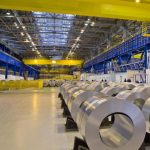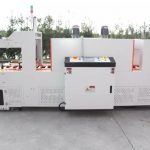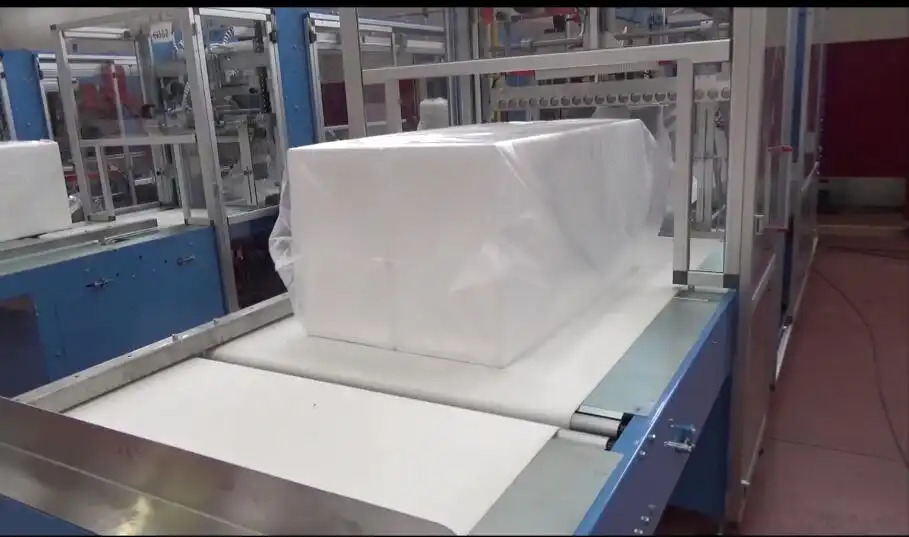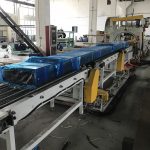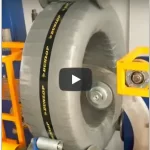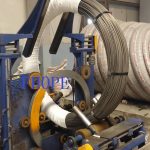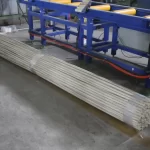เครื่องขึ้นรูปม้วนและสตั๊ดเหล็กมืออาชีพ
• Rolls – They have multiple hardened steel rolls that form the steel strip into the desired stud or track profiles. The number and shape of the rolls depends on the complexity of the profile.
• Strip Feeder – Feeds the steel coil strip into the roll forming section at a controlled speed. Ensures steady input of material for uniform output.
• Roll Adjustment – The position and gap between the rolls can be adjusted to accommodate different strip thicknesses and form various profiles.
• Precision Guide Plates – Guide the strip through the rolls accurately to obtain the correct shape. They are adjustable to handle minor shape variations.
• Strip Tensioner – Maintains the proper tension on the strip as it passes through the rolls. This helps achieve a consistent finished profile.
• Capstan Drive – Provides smooth and steady rotation of the rolls for a continuous forming operation.
• Section Cut-off – Uses shears or knives to cut the formed profile to the required length. Can be set for automatic or manual cutting.
• Control Panel – Includes controls for feed rate, roll adjustments, section length setting, lubrication system, etc. Often has a programmable logic controller (PLC) for accurate operations.
• Lubrication system – Keeps the rolls coated with lubricant to reduce friction and wear during forming. Extends machine life.
• Safety Guards – Cover all moving parts for operator protection. Interlocks stop the machine when guards are opened.
• Capacity: Typically ranges from 20 to 200 metric tons per hour, depending on the machine model, strip thickness and complexity of the profile being formed. Higher capacity machines are suitable for large scale production.
• Strip thickness: Common range is 0.4 mm to 4 mm. Some machines can handle up to 6 mm thick strips. Thicker strips require heavier duty machines.
• Strip width: Most machines can accommodate strip widths from 30 mm to 200+ mm. Wider strips may require multiple synchronized rolls for forming.
• Profile sizes: A variety of stud and track profiles can be formed from C-channel to Sigma sections. machines with larger and more rolls can form more complex cross sections.
• Automation: Advanced machines feature full automation with functions like auto strip tension adjustment, auto profile detection and correction, auto cut-to-length, etc. This ensures high precision and consistent output.
• Ease of use: User-friendly controls, informative display screens and diagnostic features make the machines easy to operate and maintain.
• Durability: Components like rolls, guide plates and drive systems are made of rugged materials and precision-engineered for long service life, high uptime and reliability.
• After-sales service: Reputable manufacturers provide prompt service and maintenance support including spare parts, software upgrades, technical assistance, etc.
The key benefits are ability to form a variety of stud and track profiles with precision and consistency for high quality finished parts. The machines are robust, durable and designed for heavy-duty industrial use.
